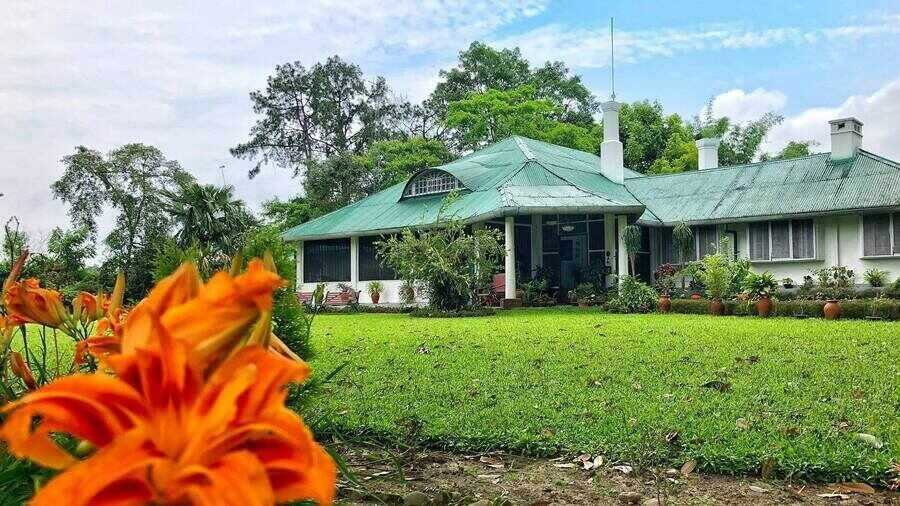The five-hour drive from Guwahati to Balipara does not prepare you for the emerald haven of Wild Mahseer. The road trip is punctuated by small towns spilling onto the highway, buzzing roadside eateries and chaotic bazars. An occasional stretch of rolling tea bushes remind you that this part of central Assam is still a colonial-era tea country.
A British-era tea estate
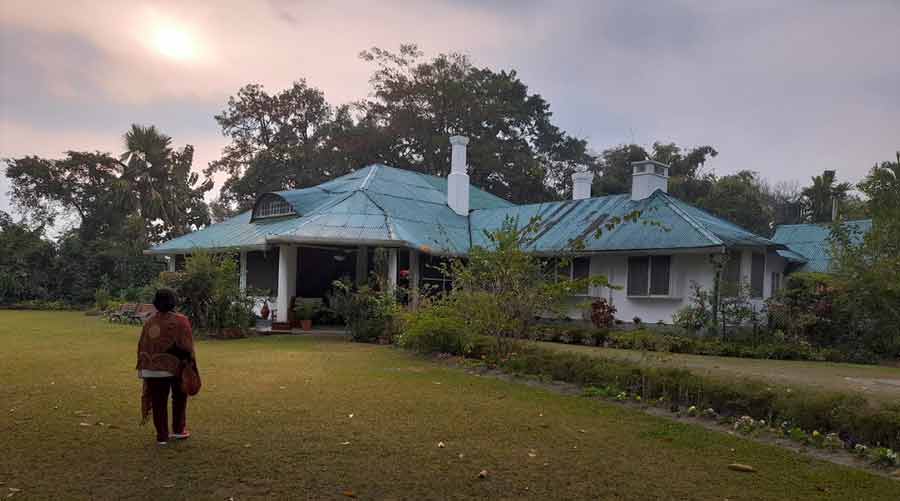
The beautifully restored Burra Bungalow used to be the residence for visiting agents of the McLeod Russel tea company
Sugato MukherjeePerched in the middle of the Addabarie Tea Estate, Wild Mahseer is a restored heritage retreat with a 150-year-old history tied to the surrounding tea estates. Hemmed by the biodiverse Eastern Himalayan Botanic Ark, this cluster of charming boutique bungalows were once the residences of tea garden managers, doctors and other officials. Each home, across 22 acres, has been aesthetically renovated and redesigned in vintage Anglo-Assamese style with high sloping roofs and enclosed verandahs.
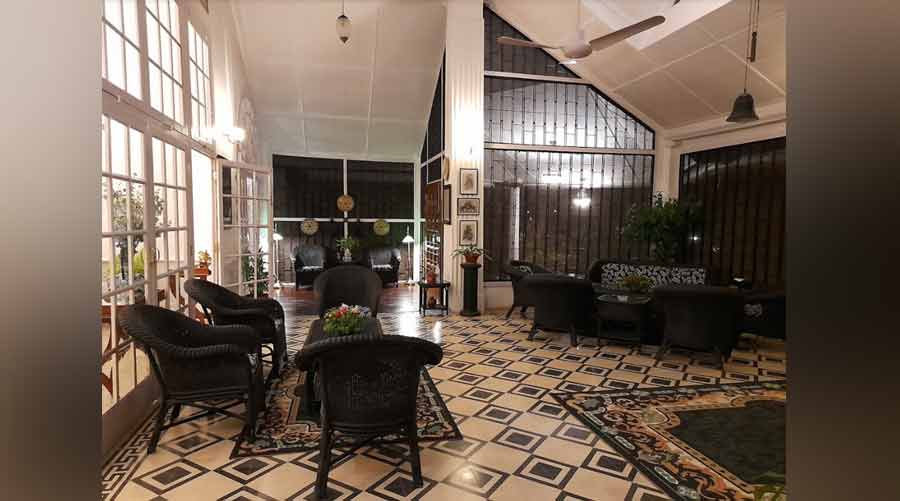
The interiors of WIld Mahseer have been meticulously restored to recall the charm of a bygone era
Sugato MukherjeeThe pièce de résistance is the Burra Bungalow, a former residence for visiting agents of McLeod Russel tea company that until recently owned Addabarie. Well appointed and steeped in antiquated charm, the three-bedroom bungalow is a portal to the past with period furniture and curated paintings. Many of the artworks have unique history attached to them — a painting on the wall of the lounge was a gift from Ho Chi Minh to Jawaharlal Nehru.
A ride into the wild

A hog deer with her cub at Kaziranga 6th Addition
Bandita MukherjeeWild Mahseer can be the perfect base to explore two of Assam’s many protected areas, the Kaziranga 6th Addition and Nameri National Park.
An extension of the Kaziranga National Park and Tiger Reserve, the 6th Addition is located along the northern bank of the Brahmaputra river. The area might not be ideal for big game sightings, but a drive through the grassland forest can be very charming. Sudden and brief encounters with herds of swamp deer, a solitary wild boar dashing through the thick undergrowth or a lone water buffalo striking a pose with a curious stare — these are the treats you can expect on a two-hour excursion into the wilderness along the north bank.
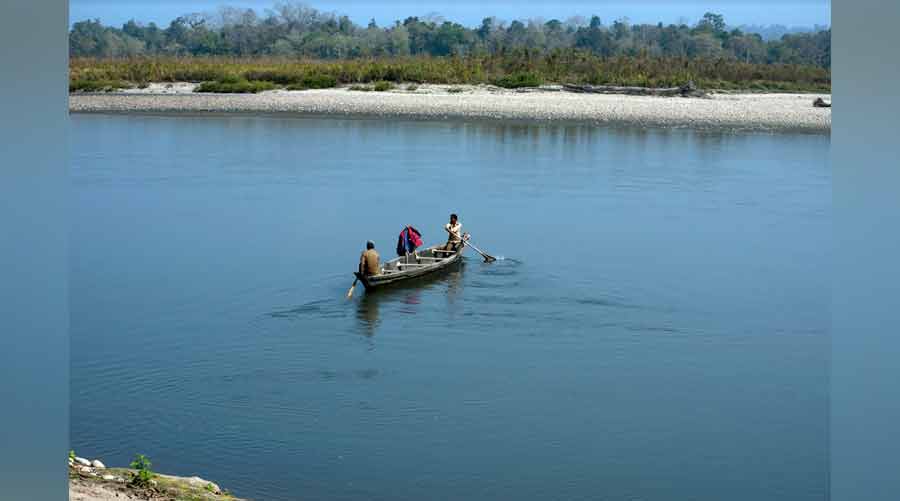
The Jia Bhoroli flows at a steady pace along the Nameri National Park
Sugato MukherjeeA more intimate jungle experience can be had at the five-kilometre walking trail inside Nameri National Park, 16km from the tea-estate retreat. Sushil Nagte, the resident guide of Wild Mahseer, is an avid naturalist who brings out the nuances of botanics as you follow him, learning about the species of ferns, creepers and medicinal plants endemic to this region.
Home to eight globally threatened species that include white-winged ducks, rufous-necked hornbills and other avian species, Nameri is a birdwatcher’s delight. Sushil makes the walk more exciting, mimicking the chirps and trills of the birds to lure them out of the bushes.
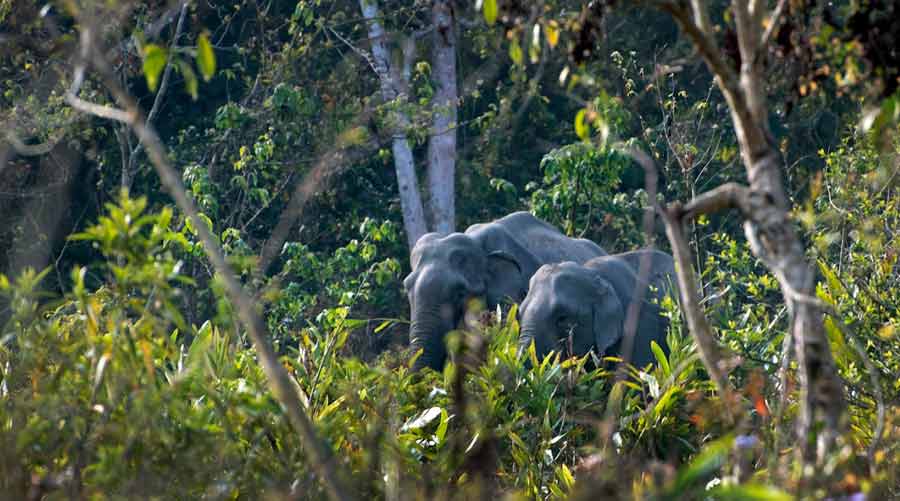
Nameri is known for its birds, but elephant sightings are also common
Bandita MukherjeeAn ecological and community haven
Few tribal villages dot the pastoral landscape within a radius of a few kilometres of Wild Mahseer. Home to the Mishing, Garo and Nyishi tribes, these hamlets still retain a quaint charm and come alive during their festivals with community feasts and traditional dances.

Traditional crafts like weaving and basket making are skills passed through generations
Sugato MukherjeeWith people still following a traditional way of life — locals hone skills like weaving and making bamboo baskets, along with community fishing — these settlements offer intimate glimpses into the indigenous lifestyles of some of the major tribal groups of the Northeast.
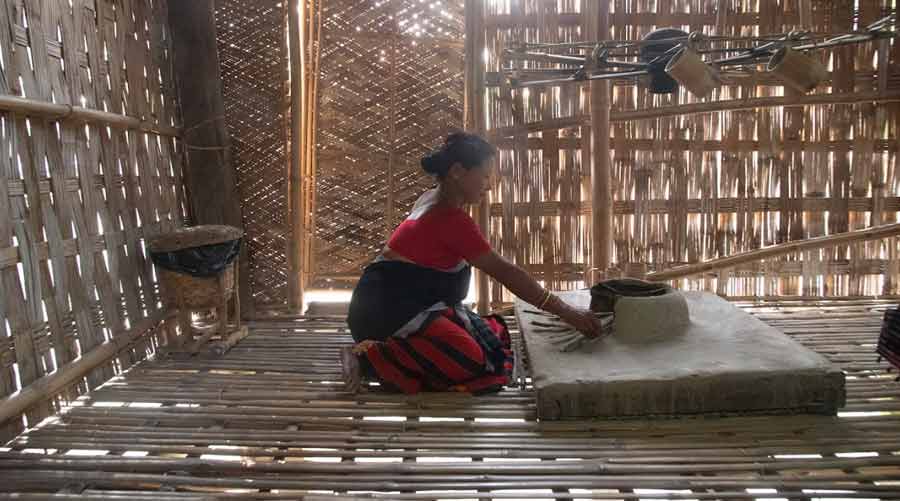
A woman from the Mishing tribe
Sugato MukherjeeA scrumptious lunch of locally grown Joha rice, organic vegetables and a delectable chicken curry, rustled up with rice powder and roselle leaf paste, can be an immersive experience for the culinary curious.

Tasting the traditional cuisine of the tribal communities living around Wild Mahseer is a wonderful experience
Sugato MukherjeeOne of the highlights of the Wild Mahseer experience is the Eastern Himalayan Botanic Ark. Over a decade ago, an 857-square-metre parking lot with decimated green cover was given a fresh lease of life by planting about 15 species of creepers, climbers, orchids, ferns and tree saplings in the fallow land. Over the next few years, the zone metamorphosed itself into a biodiversity haven with varied species of flora and fauna unique to the Eastern Himalayas, such as kaupat and tree fern. The leafy, canopied stretch with winding trails is now a refuge for a large number of butterflies, birds, reptiles and insects.
The small initiative bears testament to the fact that nature, when left unto herself, reclaims a lost ecosystem. For Wild Mahseer, and the experiences it offers, naturalist and writer John Muir’s famous words ring true: “The clearest way into the universe is through a forest wilderness.”
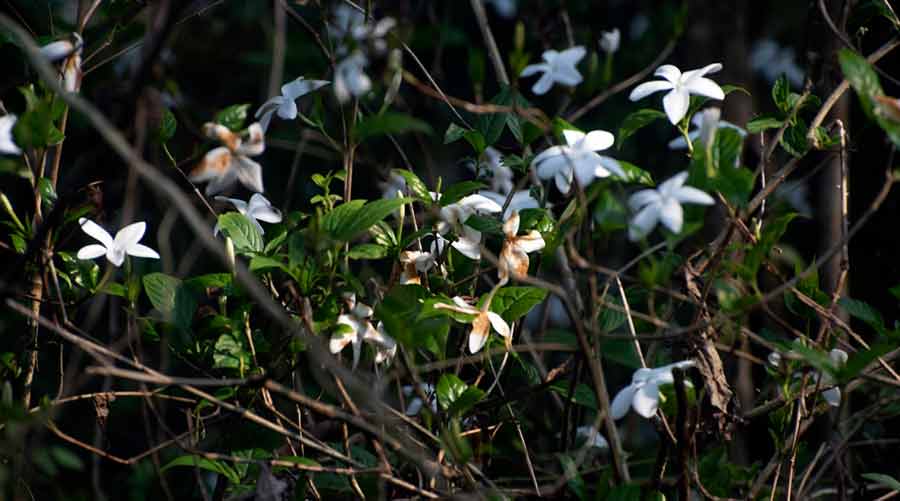
Wild Mahseer is a good base for exploring nearby Nameri (in picture) and Kaziranga parks, as well as the Eastern Himalayan Botanic Ark
Sugato MukherjeeTravel details:
- Wild Mahseer is five hours by road from Guwahati.
- The nearest airport and major railway junction is Guwahati
- For booking details, visit Wild Mahseer’s website
Sugato Mukherjee is a Kolkata-based photographer and writer whose work has appeared in The Globe and Mail, Al Jazeera and Nat Geo Traveller, among other places. He is the author of a coffee-table book on Ladakh and a book on the sulphur miners of East Java.


